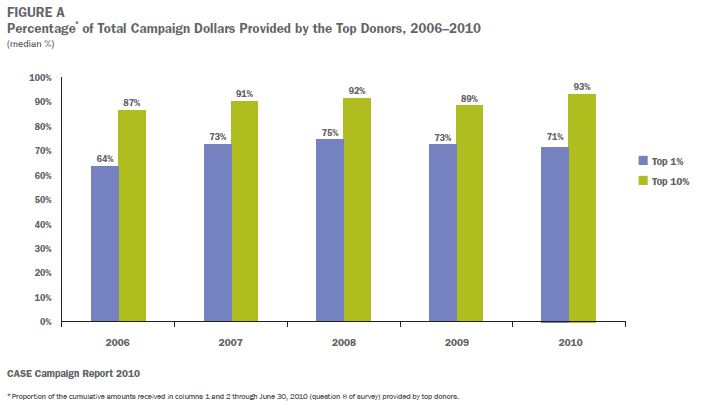Every week, I have a chance to talk with someone in the industry about “becoming a consultant”. I love helping anyone understand what their professional vocation should be. These calls trend toward a handful of common themes–thought leadership, travel, doing vs. winning the work, etc. As a result of these discussions, I’ve distilled the six primary considerations when you’re wondering whether consulting is for you.
All of these considerations operate along a #consultantcontinuum. Think, “travel all the time” to “no travel”or “pre-set salary” versus “paid only when you bill”. So, when looking below, consider where you feel comfortable compared to what the consulting gig may offer. Be honest! You can lie to yourself about “traveling being fine if it’s only 50% of the time” only to realize that this means 125 nights in a hotel each year. In my case, that’s great for my Hilton Honors account and hard on my family.
Where are you along the Continuum?

So, Consideration 1: are you a thought leader or a great “do-er”? This is really the difference between consulting and contracting, where “leading” is better but harder. If you don’t like to write and present, leading is hard to achieve.
Consideration 2 involves “Travel.” If you won’t/don’t travel, there’s a good chance you can be successful locally but limited regionally, which diminishes your impact.
Consideration 3 involves how you’ll earn compensation. If you need to bill a client for work in order to be paid, there is more risk (and likely more reward via bonuses).
Consideration 4 concerns whether you need to get your own work or will be given work by others. By far, the more work you “get”, the more challenging your consulting may be (due to constraints on time, competition, etc.).
Consideration 5 (Team v. Solo) relates to whether you will be a solo practitioner (which can be lonely and risky) to a team-based consultant, which comes with its own pros and cons. If you love QuickBooks, then solo is more viable.
Finally, consideration 6 reflects the type of consultant you want to be. Are you a “coach” or a “contrarian”. My experience is that coach-based consultants tend to balance these considerations better while contrarians gain their credibility by focusing on often-minor findings, and frequently burnout their clients and themselves.
Where do you land? In my opinion, the closer you are to the left side of the #consultantcontinuum, the more likely you will enjoy consulting and its rewards. Not a thought leader, no biggie but the authors and speakers in your niche will eat your lunch. Not one for travel? Local consulting can work but most pools are shallow. Looking for a salary guarantee regardless of billings? You may be in the wrong place. And, finally, if you want to be “right” more than be “helpful”, you may be a great consultant but your clients may beg to differ.
So, what did I miss? Where do you put yourself here? Would you like to talk about consulting? If so, drop me a line. And, best of luck figuring this out.







